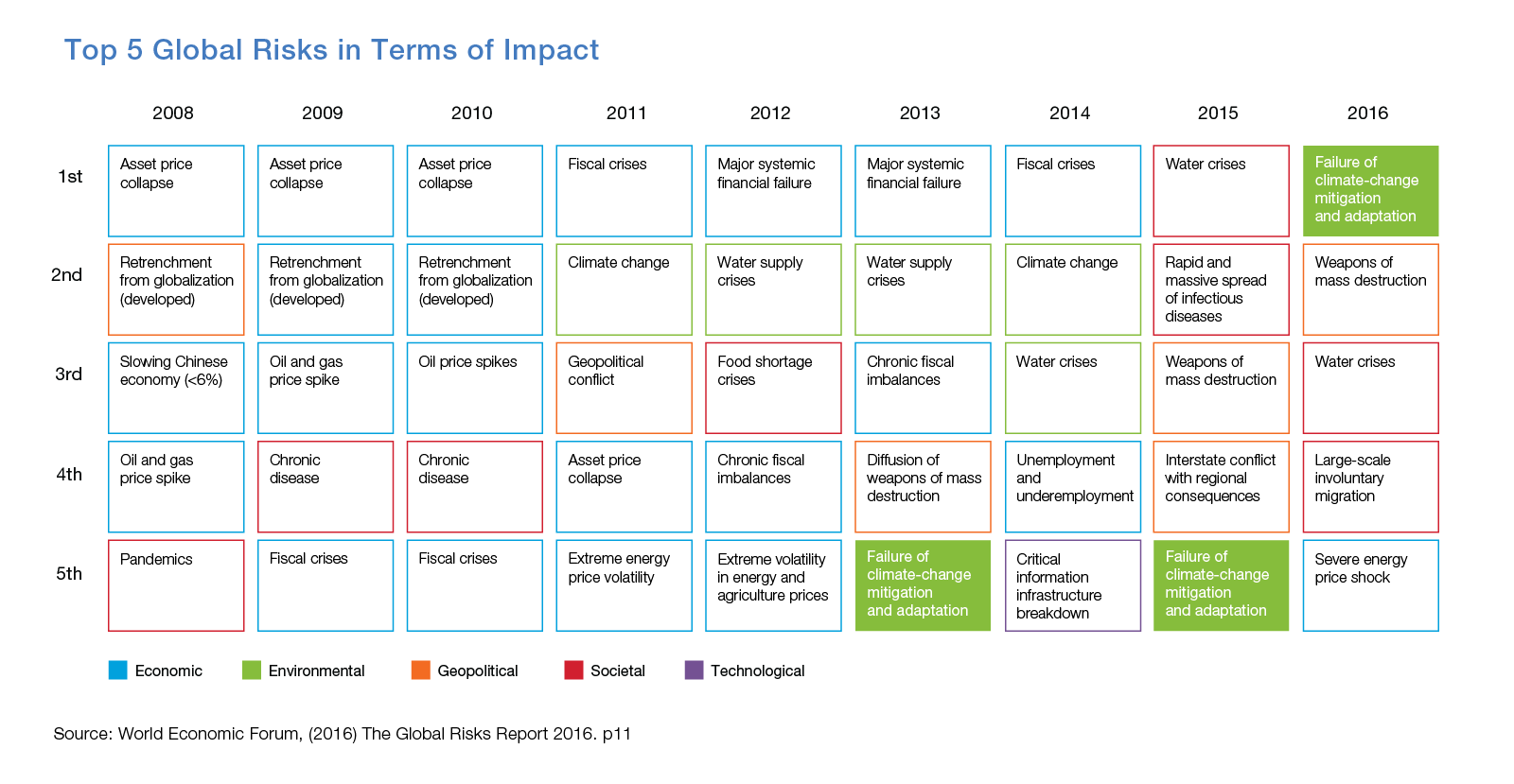Life's a Beach
So you've always dreamed of living at the beach, but you're discouraged by the high price of beachfront property? Not to worry. We've found just the place for you. Three bedrooms, two baths, just under 2,000 square feet. Zillow®'s estimate of the value of the home is $105,398, but the listed price was recently reduced to $54,900. Oh, one more thing. According to the information on Zillow, the property is "Located very close to 'Wash Away Beach,' home…will have to be moved off the property soon due to the land eroding away."
Washaway Beach is located on Cape Shoalwater in Washington State. Underwater sand bars near the entrance to Willapa Bay create a circular current that has been eroding the beach front at an average rate of 100 feet per year for the last century. The original location of the town of North Cove—homes, cannery, lighthouse, Coast Guard station, cemetery, school and post office—is now a mile off shore. State Highway 105 had to be moved inland and is threatened again in its new location.
None of this has scared away buyers. In the six years leading up to 2007, 65 parcels changed hands. The lure of living at the seashore apparently outweighs the knowledge that it's only for a short time. Pricing reflects the unusual nature of the area. Beachfront property may sell for $500, but it might not survive the winter. A quarter-mile inland, property with a longer "life expectancy" may sell for $100,000.
Washaway Beach represents a unique and isolated natural hazard. However, the current trend of climate change—with the associated rising seas, changing weather patterns, and increasing temperatures—presents a more serious challenge to millions of people. Great uncertainty surrounds the pace and magnitude of climate change, but sea levels already are rising measurably, threatening coastal cities around the globe. Worldwide, it's estimated that a hundred million people live within three feet of mean high tide and another hundred million or so live within six feet of it.1
In the United States, South Florida is one of the more-vulnerable areas. Daily high-water levels in the Miami area have been increasing almost an inch a year, much faster than the average rate of global sea-level rise.2 The city of Miami Beach already has spent around $100 million to combat recurrent flooding. Other cities on the Eastern seaboard of the U.S. also are experiencing a 10-fold increase in the frequency of flooding. These floods may produce only a foot or two of standing saltwater, but they kill lawns and trees, block streets, clog storm drains, and threaten freshwater resources.
Insurance is an essential component of real estate transactions, and flood insurance currently makes it possible to obtain loans for homes in areas of identified flood risk. However, some of the varied impacts of climate change—rising sea levels, changing rainfall and flooding patterns, increasing temperatures—may not be insurable. As a result, some important features of housing finance may have to change. The potential impact of these systemic changes on the financial system is difficult to visualize today.
To clarify our thinking about this challenge, we focus on the risk of flooding. In the next section, we discuss the current system in the United States for dealing with flood risk. Finally, we pose some of the questions that will have to be addressed if climate change raises sea levels significantly.

How do we handle flood risk today?
Lenders require borrowers to take out and maintain insurance against risks that might compromise the value of the home that collateralizes a mortgage. For example, title insurance protects the borrower and the lender against the risk of a defect in the title that might prevent the borrower from selling the property or the bank from foreclosing in the event of a default. And homeowners insurance protects against a variety of risks such as fire and hail damage. However, most homeowners policies do not cover flood damage.
When a prospective home buyer applies for a mortgage, the lender consults the Flood Insurance Rate Maps (FIRMs) maintained by the Federal Emergency Management Agency (FEMA). If the home is in a high-risk area—as defined by FEMA—the borrower must obtain a flood insurance policy. In addition to maintaining the FIRMs, FEMA also administers the National Flood Insurance Program (NFIP), which offers policies through a network of over 80 private insurance companies. FEMA sets national rates that do not vary across insurance companies or agents. Private, non-NFIP insurance also is available. In fact, NFIP policies are available only in communities that participate in NFIP. FEMA scores participating communities according to their floodplain management activities. Flood insurance premiums can be reduced by as much as 45 percent in communities that adopt management standards that exceed the NFIP minimum.
Do you live in a high-risk area?
FEMA provides access to its Flood Insurance Rate Maps (FIRMs) on its website. You can check the risk of your home by going to this site, and typing in your address. As an example, here is the map that covers Freddie Mac's headquarters on Jones Branch Drive in McLean, VA. The gray shaded areas indicate Special Flood Hazard Areas (SFHAs) along the creeks in the area. Fortunately, our headquarters do not lie within an SFHA.
On the other hand, this map shows one panel of the FIRM for Miami Beach. The entire area is an SFHA.
Where is the flood risk?
To produce a flood risk map for a community, FEMA conducts a Flood Insurance Study. These studies include statistical data on river flow, storm tides, hydrologic/hydraulic analyses, and rainfall and topographic surveys. The study divides the community into areas defined by the level of flood risk. An important risk measure is the base flood which is defined as the flood having a one percent chance of being equaled or exceeded in any given year. The base flood often is called the 100-year flood; however, this term can be confusing. So-called 100-year floods can occur two years in a row, and the probability of a 100-year flood occurring during the term of a 30-year mortgage is 26 percent. In addition, the magnitude of a 100-year flood can change over time as weather patterns change or there are changes to the terrain.
FEMA identifies the base flood elevation (BFE), as the elevation that would be reached by the base flood. Areas at elevations lower than the base flood elevation are defined by FEMA as Special Flood Hazard Areas (SFHAs). FEMA further divides the SFHAs into eight different flood insurance rate zones based on the magnitude of the flood hazard. FEMA also identifies a lower-risk zone—the 500-year flood zone—defined as the area with a 0.2 percent probability in any given year that a flood exceeds the BFE.
Under federal law, flood insurance is mandatory for all federal or federally-related financial assistance for the acquisition and/or construction of buildings in SFHAs. In addition, the GSEs require flood insurance before they will purchase a loan for a property in an SFHA. Typically, a lender will require flood insurance on a house in an SFHA even if the loan will be held in its portfolio. In addition, lenders often require flood insurance for houses outside of SFHAs which nonetheless are exposed to some level of flood risk. 3 Approximately 20 percent of flood insurance claims come from outside of SFHAs.
Coastal risk
In coastal areas, FEMA takes wave effects into account in determining the BFE and subdivides the SFHA zones further. For example, Zone A is defined as an area with shallow flooding only due to rising water, where potential for breaking waves and erosion is low, while Coastal Zone A is defined as an area with potential for breaking waves and erosion during a base flood. In addition, the Coastal Barrier Resources Act (CBRA) of 1982 defines a Coastal Barrier Resources System (CBRS)—ocean front and land around the Great Lakes and other protected areas—that serves as a buffer between coastal storms and inland areas. Properties within the CBRS are eligible for federally-regulated flood insurance only if the properties were built prior to 1982 and the community participates in the National Flood Insurance Program (NFIP) administered by FEMA.
The impact of rising sea levels—and some potential responses
The impact of rising sea levels depends on the pace and the magnitude of the change—two factors about which there is great uncertainty. For instance, a recent study which updates the estimates on the amount of ice melting in Antarctica concluded that the increase in sea level may be twice the level that was previously estimated.
An additional source of uncertainty in the forecasts is the willingness and ability of the world's nations to change the trajectory of climate change. At the Paris climate conference in December 2015, 195 countries adopted a global action plan to hold climate change to well below 2° Centigrade above pre-industrial levels. The success of this and future agreements hold the potential to mitigate some of the projected impacts of climate change.
Estimates of the impact
One measure of the impact of climate change is the estimated increase in the areas identified by FEMA as SFHAs, that is, areas where flood insurance is required. A 2013 study prepared for FEMA by AECOM and Deloitte Consulting LLP estimated that the area of the SFHAs will increase by 45 percent nationally on average by the end of this century. In coastal areas, SFHAs will increase by 55 percent, assuming no change in the shoreline. Under the more-likely assumption that shorelines recede, there will be no change in SFHAs; new SFHAs will simply replace the SFHAs that become submerged.
Any growth in SFHAs represents an increased burden on taxpayers. According to GAO estimates, the premiums set by FEMA on NFIP flood insurance policies do not cover the risk. GAO gauged the subsidy for the years 2002 through 2013 at somewhere between $16 billion and $25 billion. Depending on assumptions about climate change and the amount of shoreline erosion, the AECOM study projects an increase between 20 and 90 percent in expected losses.
The climate risk assessment published by the Risky Business Project—an organization co-chaired by Michael Bloomberg, Henry Paulson, and Thomas Steyer—estimates that three-to-four percent of the US population will live in coastal SFHAs by 2100 and 11 percent of the US population will live in riverine (that is, inland) SFHAs. In addition, between $66 billion and $160 billion worth of real estate is expected to be below sea level by 2050. By the end of the century, the range is $238 billion to $507 billion.
The loss estimates above refer to insured properties with a high risk of flooding. However other areas will become permanently submerged, generating even larger losses. The Risky Business Project estimates the cost of all structures likely to be destroyed by the end of the century due to shoreline movement at two to four percent of the cumulative insurance premiums paid through 2100. In Florida alone, this study estimates a 1-in-20 chance that more than $346 billion in current property will be underwater by 2100.
Potential responses
Even with significant and coordinated global action like that outlined at the Paris climate conference, some of the projected impacts of climate change appear to be unavoidable. Governments and private organizations are working on plans to mitigate impacts where possible and to adapt to changes that are inevitable. Many are taking notes from the experience of the Netherlands, which has prospered for centuries despite lying below sea level.
However, the dikes and sea walls used by the Dutch may not solve the problems of South Florida. Florida sits on a substrate of porous limestone that holds Florida's supply of fresh water. As the sea level rises, it infiltrates the limestone underground and contaminates the freshwater supply. A sea wall might stop storm water surges on the surface, but it can't prevent the underground incursion of salt water.
While technical solutions may stave off some of the worst effects of climate change, rising sea levels and spreading flood plains nonetheless appear likely to destroy billions of dollars in property and to displace millions of people. The economic losses and social disruption may happen gradually, but they are likely to be greater in total than those experienced in the housing crisis and Great Recession. That recent experience illustrated the difficulty of allocating losses between homeowners, lenders, servicers, insurers, investors, and taxpayers in general. The delays in resolving these differences at times exacerbated the losses. Similar challenges will face the nation in dealing with the impact of climate change.
Some thorny issues to ponder:
- The government-supported NFIP currently incorporates a subsidy for homeowners. Suggestions to raise premiums to reduce or eliminate the subsidy so far have met with resistance from homeowners in SFHAs. However, taxpayers may balk at covering escalating losses as sea levels rise in light of the predictability of the losses. Taxpayers may feel that the affected homeowners ignored decades-long warnings of the risks they were bearing.
- A large share of homeowners' wealth is locked up in their equity in their homes. If those homes become uninsurable and unmarketable, the values of the homes will plummet, perhaps to zero. Unlike the recent experience, homeowners will have no expectation that the values of their homes will ever recover.
- In the housing crisis, a significant share of borrowers continued to make their mortgage payments even though the values of their homes were less than the balances of their mortgages. It is less likely that borrowers will continue to make mortgage payments if their homes are literally underwater. As a result, lenders, servicers and mortgage insurers are likely to suffer large losses.
- Some homeowners outside the impacted areas will nonetheless suffer losses as businesses are forced to relocate, taking employment opportunities with them. Companies that sell services to these relocating businesses also will suffer losses.
- Additionally, the effects on homeowners not in the impacted areas, but are nearby, will be complicated by the fact that there may be increased demand for their homes.
- Non-economic losses may be substantial as some communities disappear or unravel. Social unrest may increase in the affected areas.
One challenge for housing economists is predicting the time path of house prices in areas likely to be impacted by climate change. Consider an expensive beachfront house that is highly likely to be submerged eventually, although "eventually" is difficult to pin down and may be a long way off. Will the value of the house decline gradually as the expected life of the house becomes shorter? Or, alternatively, will the value of the house—and all the houses around it—plunge the first time a lender refuses to make a mortgage on a nearby house or an insurer refuses to issue a homeowner's policy? Or will the trigger be one or two homeowners who decide to sell defensively?
As the market shakes out in the affected areas, perhaps we'll be left with a host of Washaway Beaches. Some residents will cash out early and suffer minimal losses. Others will not be so lucky. And newcomers may appear, finally able to live out their dreams of living at the seashore, if only for a short time.
1 Elizabeth Kolbert, “The Siege of Miami,” The New Yorker, Dec. 21 & 28, pp. 42-50.
2 Elizabeth Kolbert, “The Siege of Miami,” The New Yorker, Dec. 21 & 28, pp. 42-50.
3 The requirement to obtain flood insurance applies only to purchases with mortgages and not to cash purchases. The GSE requirement for flood insurance in SFHAs is a legal obligation of the GSEs and not simply a GSE policy. More broadly, federal regulators must require their regulated lenders to insure that borrowers obtain flood insurance for mortgages on properties within SFHAs.






